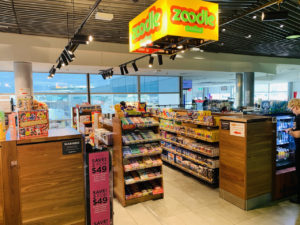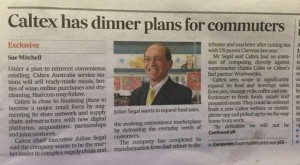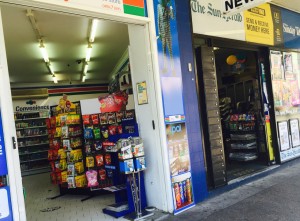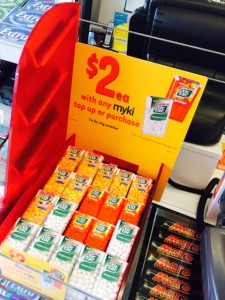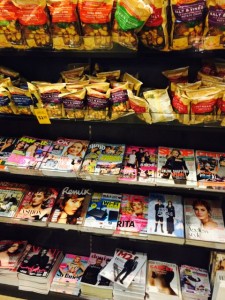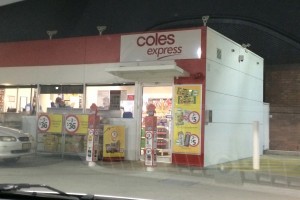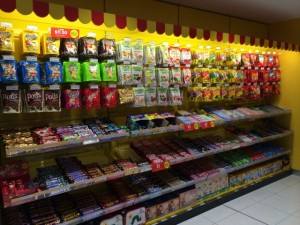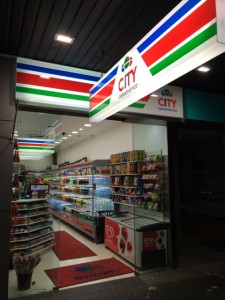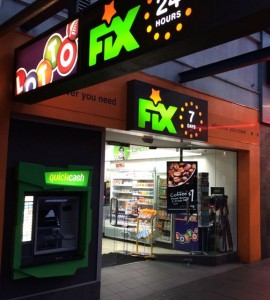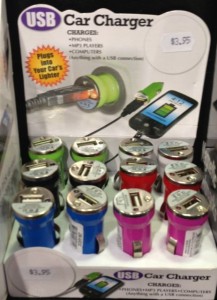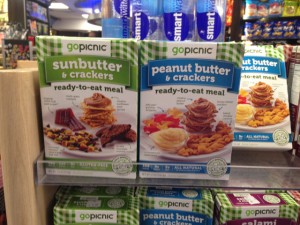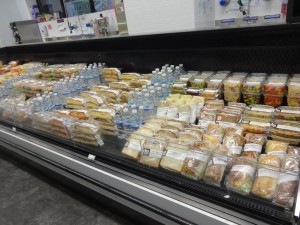The dire situation facing the McColls newsagency business in the UK is a reminder of the challenges of the convenience model
While I am not privy to the financial details of the troubled 1,265 store UK McColls group, I have been in plenty of their shops, and other similar shops on the UK high street.
They identify as newsagents, like the other similar businesses. Convenience stores for sure, but newsagents, too. There is nothing unique about their businesses, nothing special.
This is what many businesses in the UK newsagency channel did years ago, they evolved into convenience businesses. I have written about it here before, in the context of some in the Australian newsagency channel referencing the convenience model. I am on the record with the opinion that convenience does to offer a good future for any independent small business retailer.
The challenge with convenience is that it is a mass driven model, dominated by huge suppliers hungry for mass sales. Scale is everything, and this starts with scale in terms of retail fleet. It’s why in the UK the supermarket chains dominate the convenience retail offering, making it hard for any smaller group and almost impossible for independent retailers.
We see the convenience model evolving here in Australia with the major supermarkets playing with their models and, in some states, opening more outlets. 7-Eleven is strong, and they offer abroad range of products. Petrol outlets are evolving too, with plenty offering more magazines and cards than some local newsagents.
Here in Australia, as in the UK, I see no upside whatsoever for newsagents in the convenience space. It’s price driven – meaning you have to buy as well as the big businesses. Convenience shoppers tend to not be as loyal, not destination shoppers.
But, hey, these are my opinions. What local retailers do is up to them, of course.
The local convenience model is facing several new challenges. Quick commerce is trying to attract the convenience shopper. These are businesses like Milk Run, which offers home delivery of convenience and supermarket lines within 10 minutes. They are eliminating the shop altogether from the convenience experience as they supply through dark stores. In the US you have Uber eats, InstaCart and Deliveroo all spending up in this space.
There appears to be no shortage of investors happy to throw millions at this latest innovation impacting convenience retail, offering another warning sign to any local independent retailer, like a newsagent, considering the convenience model as viable business move.
The news today that McColls is reportedly close to collapse is not what anyone in retail wants to read. And, possibly, their situation has little to do with choice of model. But, we only have to walk down any UK high street to see the cannibalisation taking place, the money being invested to churn customers from one shingle to another. There does not appear to be much investment in growing the market, just a battle for cash in that market.
